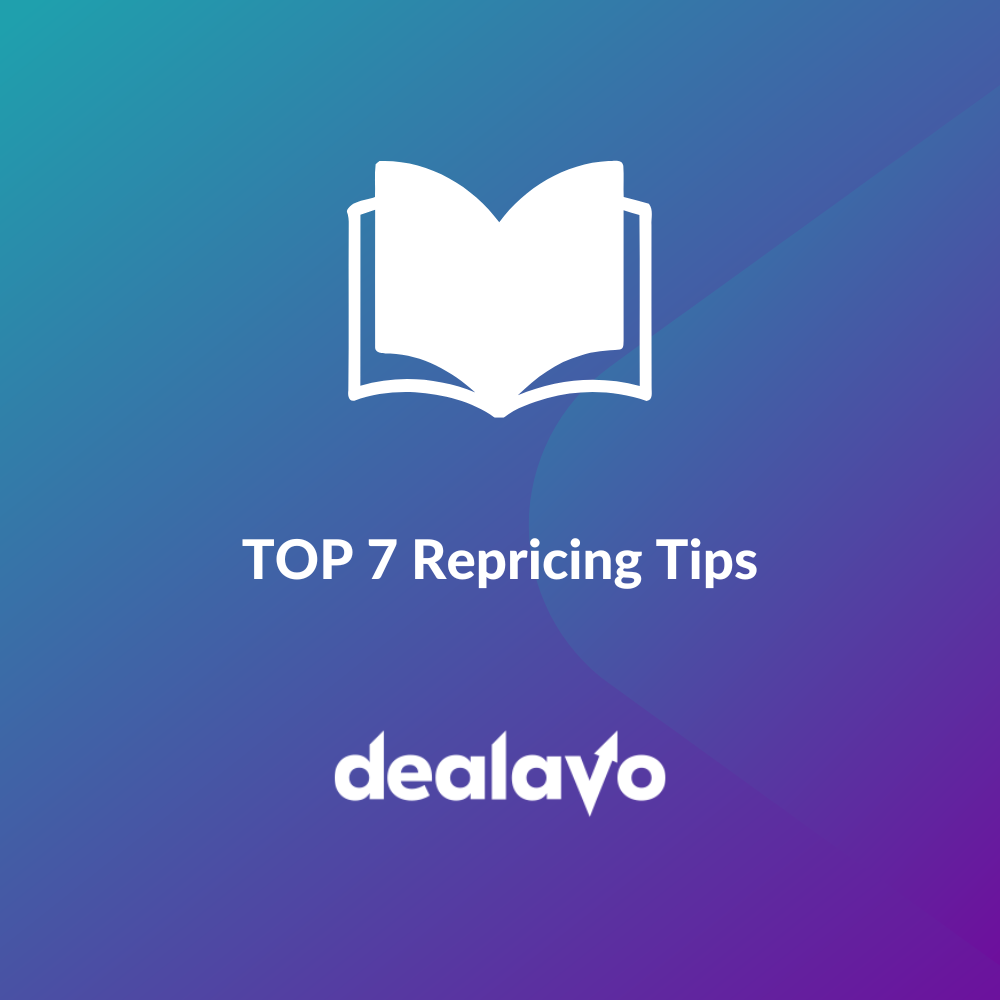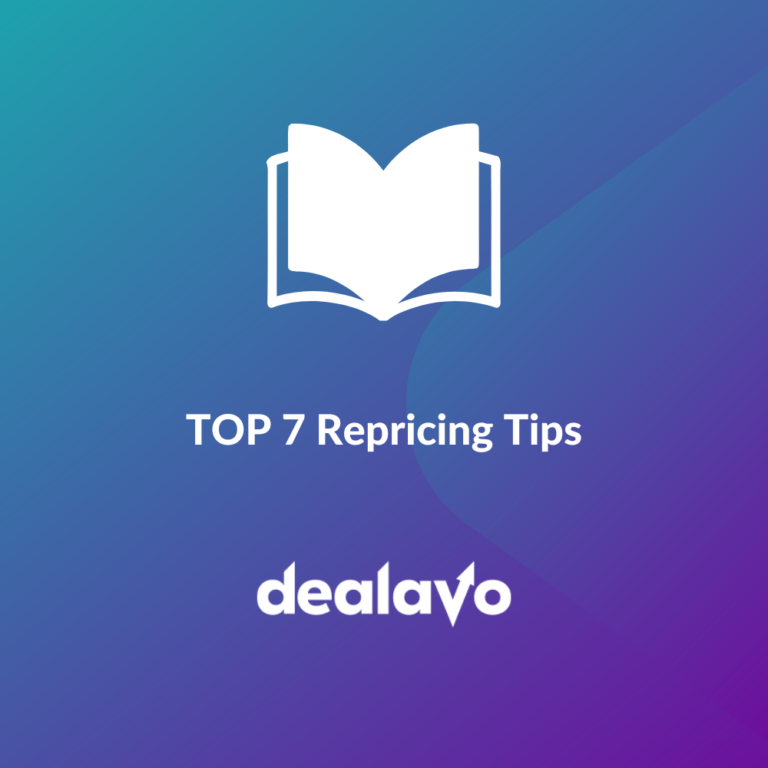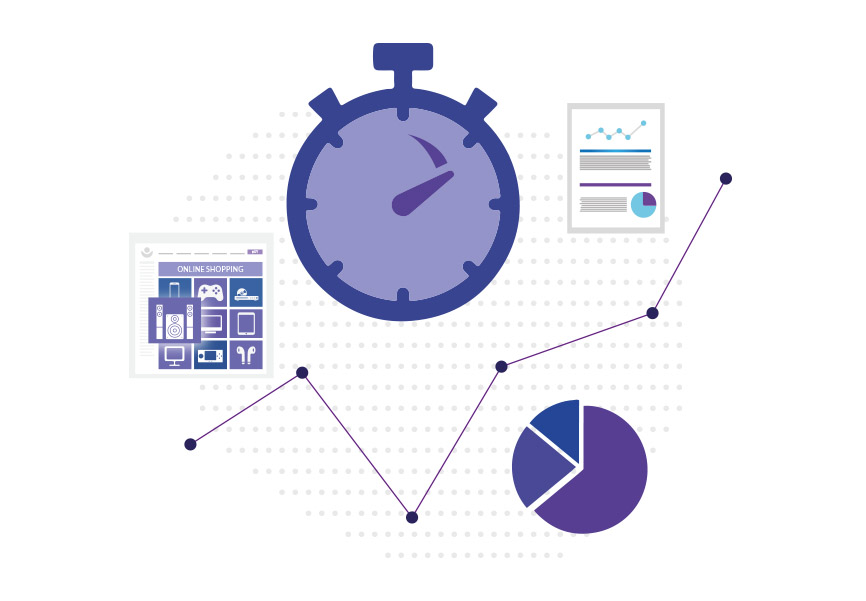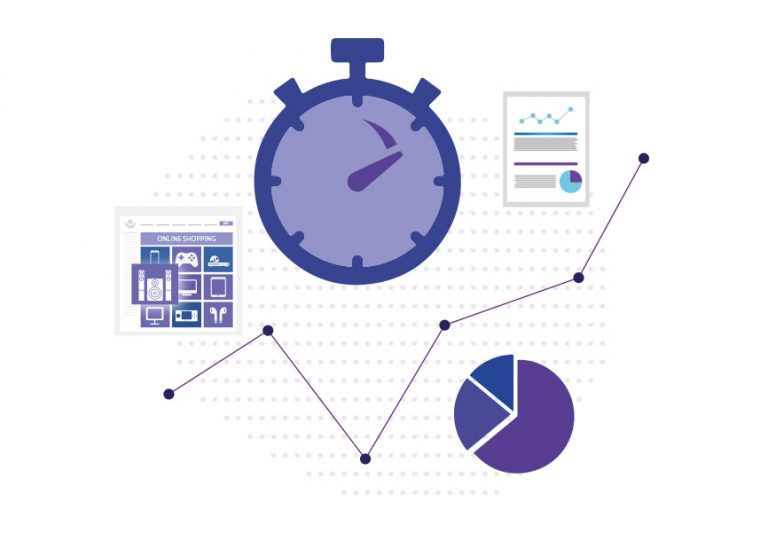Experimenting with price: 7 strategies for increasing sales
- 29 May 2024
Price plays a crucial role for most customers when they select an online shop. As an online store owner you have an opportunity to conduct various price experiments. In many cases, the good approach is getting for advanced automation tools. In the following article, we will delve into how you can leverage price experimentation to boost sales.
Dynamic pricing – essential concept in pricing experiments
When you analysing competitors’ shops, you will notice that pricing is a dynamic variable. Companies frequently adjust their price ranges in response to changing market conditions. This strategic approach enables them to boost sales and increase the value of single orders.
If you want to stand out of the crowd of companies, your price experiments must rely on a professional competitors price tracking software. It’s a good place to mention Dealavo as a great example of such an app.
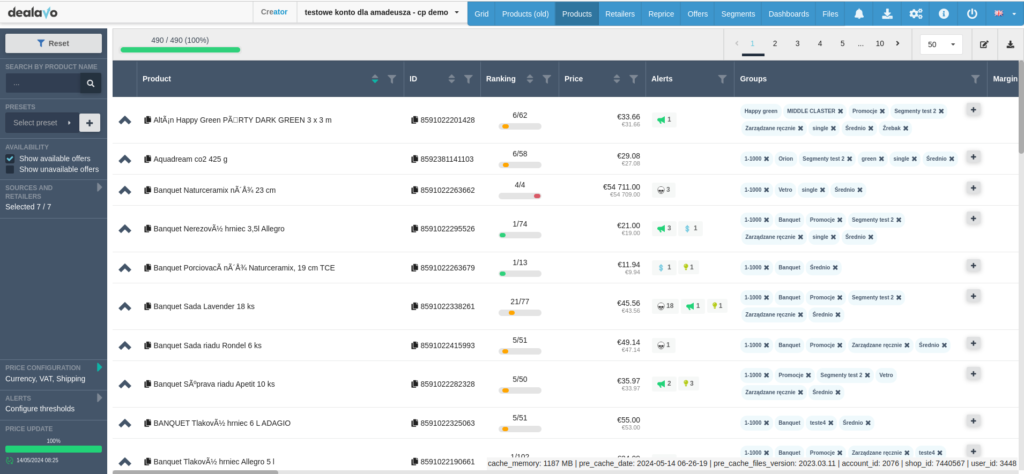
To accurately demonstrate the advantages of this software, let’s consider a specific scenario. Imagine that you’re using a price analytics tool, and you notice that one of your competitors consistently achieves higher sales than other companies. Upon closer research, you discover that this competitor is offering lower prices than other rivals.
To ensure that price significantly impacts good sales results, consider automating your shop’s prices using the following rule: If this specific retailer lowers the price of a product, apply a corresponding reduction of 1% to the same product in your store. This strategic approach ensures that your prices remain competitive and appealing to customers.
While conducting a price experiment may initially impact your revenue negatively, it can provide you with the confidence that your competitor’s success is due to their lower price point, resulting in higher sales.
Automatic price increase as a response to increasing demand
Another effective pricing experiment involves adjusting prices based on customer interest. When you notice a surge in sale for a specific product, consider raising its price in your shop. Price automation tools like Dealavo can handle this task for you.
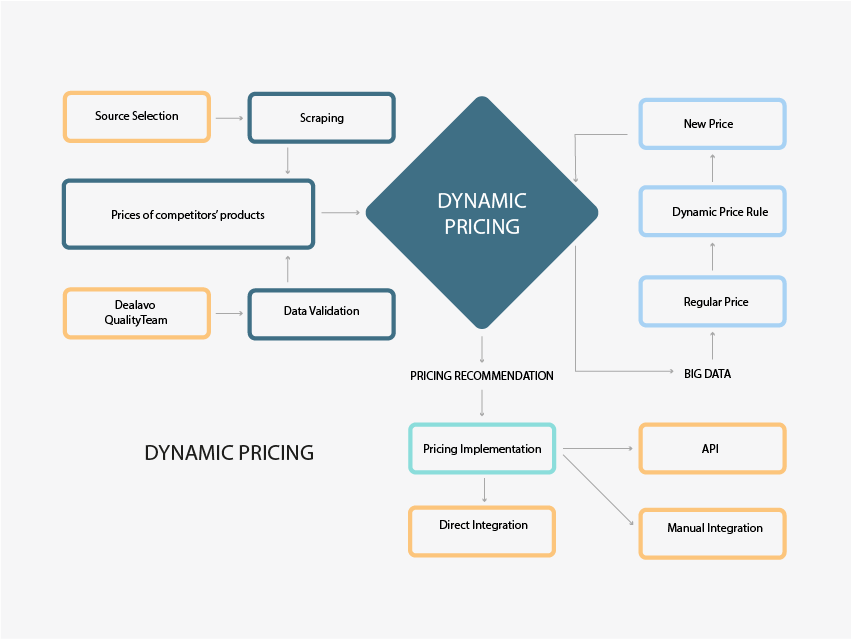
For instance, imagine you observe a significant increase in sales for product A. You might decide to gradually raise its price by a certain percentage over the next few days. This approach allows you to pinpoint the threshold at which the price discourages customers from purchasing the product. By doing so, you can optimise your pricing strategy to achieve the highest margin while ensuring customer satisfaction.
Split test – useful method of choosing the best price variant
Split test, also known as an A/B test, is a powerful technique used in marketing and sales to compare different variants. It’s also applicable in price experiments.
To illustrate how this technique works, let’s consider the following case: You sell a specific product in your shop. You offer it to some customers at a price of $129 and to others at $99. By monitoring the interest in both price variants, you gain insights into customer preferences.
However, it’s essential to recognise that this particular use of A/B test may raise ethical concerns. Customers who paid the higher price might feel unfairly treated.
A much better way is to use split test for similar products. You can apply higher price to one of them. If you see that the more expensive product meets high demand despite high price, you can raise the price of the second one. This approach allows you to find the best price level of all your products.
The price discrimination – an experiment on the edge of the law
At this point, we must mention that offering the same product to different customers at different prices can be considered as an illegal practice in most countries. It’s called a price discrimination. This concept always sparks debate in e-commerce niche.
Price discrimination is often perceived as a negative approach, but there are some scenarios, where it’s not only acceptable but also beneficial for both businesses and customers. Let’s explore a few such cases:
- Quantity discount: when a customer purchases multiple units of a product, they typically receive a discount on a total price. This is known as a quantity discount. For example, bing a pack of ten notebooks might be cheaper per notebook than buying them separately. This encourages bulk buying and helps business manage inventory more effectively.;
- Loyalty programs: sometimes shops reward repeat customers with discounts. Membership in such a program allows users to get a discount.
Discount as a tool of studying changes in demand
We have already discussed price test involving price increases using automation tools. Now, let’s examine the topic from the opposite perspective — specifically, how discount can boost demand.
Selecting a specific pool of products to discount is a sensible approach. By setting aside the psychological aspects of discounts, we can focus on how price reduction impact sales.
If the promotional price generates satisfactory revenue, you might consider setting a lower starting price for the product.
Product bundles for higher sales
Many shoppers use a practice known as product bundling, which is directly linked to their pricing strategy. By offering several products as a bundle at a slightly lower price than if purchase separately, shops can attract more customers.
This practice makes there is a win-win situation. The supper is satisfied because they sell many products at once (even at a slightly lower margin), and the customer enjoys a cheaper shopping. If you wonder how product bundling works in practice, here are some examples:
- Electronic industry: sell a smartphone bundled with a tempered glass, a set of headphones, and an extra power bank;
- Beauty industry: offer a product kit that includes lipstick makeup cream and face wash.
- Catering industry: offer knife set in a bundle
Of course, when deciding to sell combined products, it is essential to carefully recalculate whether the margin from sales will be satisfactory.
Read more: The bundle pricing strategy
Price personalisation
A great solution that builds customer engagement is price personalisation. Or, more precisely, the personalisation of promotions. This approach makes customers feel differentiated.
There are many methods for introducing price personalisation in store, but effective implementation requires the use of tools such as Dealavo.
Again, let’s refer to an example. If you have information on your customers’ date of birth, you can offer them discounts to celebrate their birthdays. Email marketing as a tool of communicating this type of promotions would be ideal.
Also, you can use different types of holidays to apply personalisation to promotions. For example, discounted offered to ladies on the occasion of woman’s day.
Read more about promotion personalization.
Price experimenting should be conducted on a solid theoretical basis. Many studies have demonstrated a phenomenon known as a charm pricing. According to multiple researches, customers perceive prices ending in .99 or .95 as lower than they actually are. Applying this strategy to your products can effectively boost sales.
Pricing experiments without automation tools have poor efficiency
Experiments with pricing makes sense when you are able to perform all action in an automated manner. This means that running price tests is difficult without using tools that automate store prices operations.
Imagine that you want constantly monitor the prices of products in your shop and your competitors’ shops.

During sales peaks, such as the one before Christmas, monitoring prices and reacting to changes is impossible without professional software.
Pricing experiments in e-commerce: 7 sales growth strategies (summary)
As you can see, there are numerous methods for conducting price tests on your online store. Acting in this area on a larger scale makes it easier to develop an effective pricing strategy.
To streamline the process, consider leveraging professional price automation tools like Dealavo. You can explore the software with a free 14-day trial tailored to your shop’s needs.
